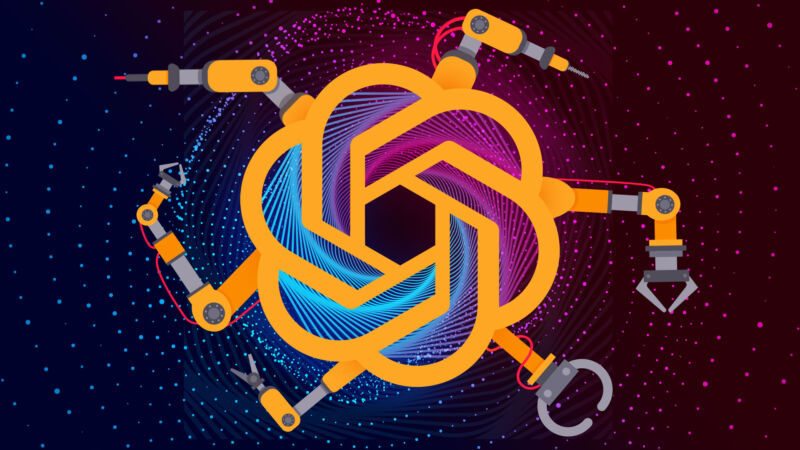
Enlarge (credit: Aurich Lawson | Getty Images)
The chief technology officer of a robotics startup told me earlier this year, “We thought we’d have to do a lot of work to build ‘ChatGPT for robotics.’ Instead, it turns out that, in a lot of cases, ChatGPT is ChatGPT for robotics.”
Until recently, AI models were specialized tools. Using AI in a particular area, like robotics, meant spending time and money creating AI models specifically and only for that area. For example, Google’s AlphaFold, an AI model for predicting protein folding, was trained using protein structure data and is only useful for working with protein structures.
So this founder thought that to benefit from generative AI, the robotics company would need to create its own specialized generative AI models for robotics. Instead, the team discovered that for many cases, they could use off-the-shelf ChatGPT for controlling their robots without the AI having ever been specifically trained for it.
Read 72 remaining paragraphs | Comments
